Project Characteristics: Key elements that Define a Project
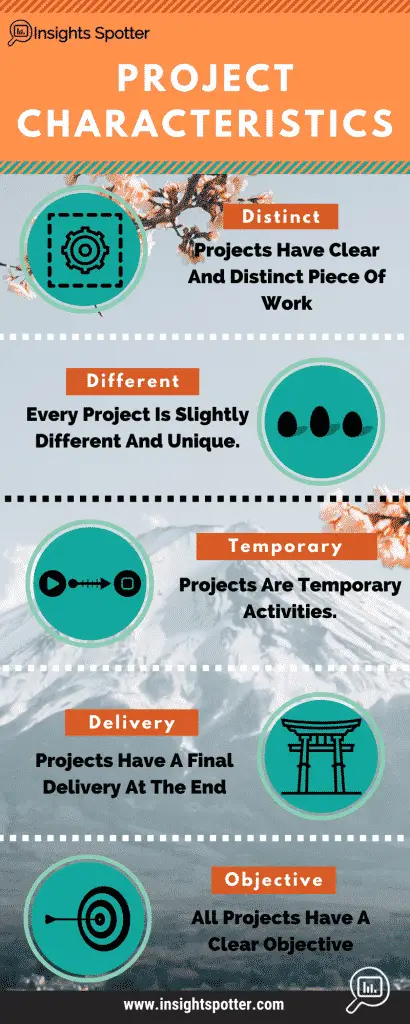
Project characteristics indicate if you have a project on your hands, but often these are relatively dry explanations. Thus, I have decided to use my personal and project management experience to make things a bit more exciting and explore what makes any endeavours a project with life examples and my actual trip to Japan.
There are five key project characteristics to consider
- Projects have a clear and distinct piece of work.
- Every project is slightly different and unique.
- Projects are temporary activities.
- Projects have a final delivery at the end.
- Projects have a clear objective.
Many people will believe that projects just exist in the corporate world. But it is not true. The reality is that thousands of everyday endeavours could pass as a project.
We will realise that you may be already applying project structures without even knowing. I will look into such cases as organising weddings, buying a new phone or a car and compare against some typical corporate projects like buying a laptop.

1. Why Projects Have A Clear And Distinct Piece Of Work?
First, the project has a distinct work or activity that we are completing to achieve a defined goal. Worth to mention that it is usually squeezed into cost, scope, time and quality constraints, which we will pick up later in the post. The idea behind is that you do not have an infinite resources (unfortunately); thus, you need to make some trade-offs.
Project work is quite different from day to day activities like brushing your teeth, eating breakfast or watching YouTube. A business equivalent would have their daily operations like processing transactions or building new parts. These are the day-to-day tasks that you need to do to maintain current living standards or business operations (a.k.a. Business As Usual or BAU).
In contrast, when we talk about projects, we talk about something new, like buying a house or a car. If we consider the business environment, project activities would be building a product that would increase sales or purchasing a new third party software that would improve processes.
Ultimately, it is a new piece of work distinct from current business operations, which has a specific outcome at the end.
If you like to learn what is the difference between project and a business manager check out this post: PROJECT VS BUSINESS MANAGEMENT: PM PERSPECTIVE

2. Why Every Project Is Slightly Different And Unique?
Each project is unique; hence, you are doing something new that has not been done before. Say, even such routine activities as buying a new iPhone could be a project in today’s society. The point is that your circumstances, options, preferences are changing, and each time it is no longer the same exercise.
Let’s explore a phone example a bit more. You might be a proud owner of iPhone 7, which you acquired ages ago (like me); yet, the time has come to jump on the opportunity to get your hands on a new iPhone 12. In both cases, you are buying a phone and might even follow the same process. You would look for the best deal, complete research on best handsets out there and create a list of the best options for you. So far, nothing is new, right?!
Well, to start with there are many more phones to choose from in the market now. Plus, you might have altered your preferences towards Android, or your salary has increased. Thus, your circumstances, options and preferences have shifted. Suddenly, buying a phone in 2021 is much different and unique compared to purchasing an iPhone 7. Thus, just like that, you have a project on your hands.
Now, companies are facing a similar situation with their projects as well. Say it is time to refresh corporate gear and acquire some new laptops for all employees. Data is increasing, and they need additional RAMs and CPU to deal with it. Last time our business did it was five years ago, which is ages in today’s standards.
Guess what, similar to you; a company may have a different budget, more choices in the market, or even changing preferences towards using more cloud computing. Five years later, the situation is quite different, and buying laptops or more broadly computing power is a unique endeavour.
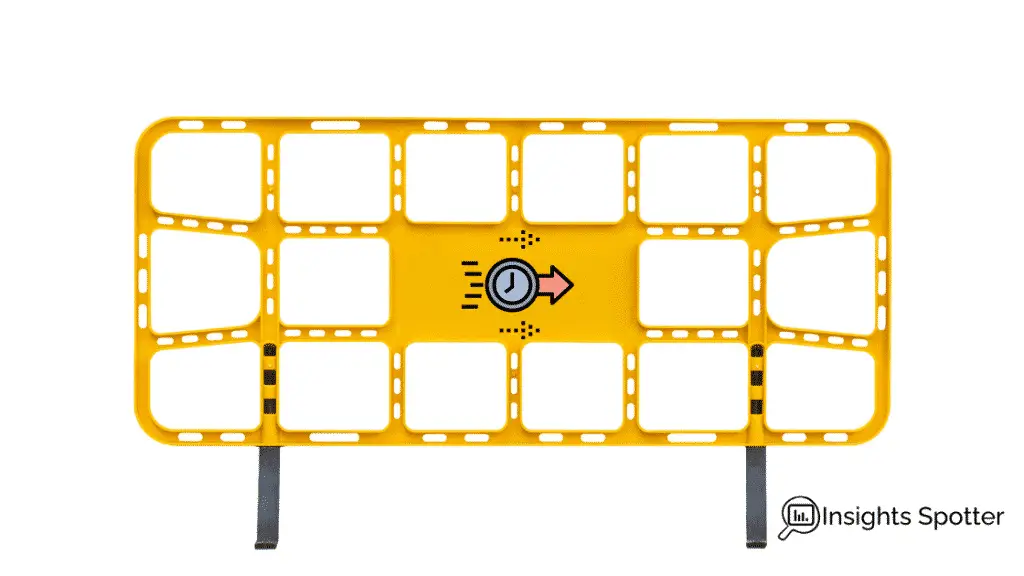
3. Why Projects Are Temporary Activities?
When you are looking to accomplish a new goal, you will organise resources, like staff, materials, equipment and facilities for a defined period. When the goal is achieved, the resources will be disbanded, redistributed or repurposed for new projects. Therefore, a project by definition can be only temporary.
Let’s consider how this applies to nearly everyday life, and I will use my recent experience to organise a wedding. You will likely start 12 – 9 months before the big event. Typically, you will create a plan, get one online or hire someone to do it for you. My endeavour is looking more and more like a project—time to place all those resources on the timeline.
I will need a venue, musicians, dancing lessons, cake, food and rings. I am sure I have missed a few things :). The point, though, is that it will end with a huge crescendo and final goal, my wedding day! Unfortunately, after the main day, contractors will allocate all those resources to new events and personal projects. Therefore, my wedding would be a sweet but temporal event.
Businesses’ projects are no different, except for the getting married bit! They usually have a problem to address or the opportunity to explore.
For example, the bricks and mortar bookstore is facing changing generation. Younger people tend to buy books online, do not read them that much or listen to them through Amazon Audible. Here we go, the business has been presented with both problems and opportunities.
The bookstore decides to take definitive steps to create a website with books and video content; plus, sell some books on Amazon. They will need developers or a subcontractor to build them a site and underlining infrastructure. Yet, the services required will not be indefinite. When the site is live, there will be only minimal technical staff input required.
The project will start when they begin defining the problem or opportunity to explore. It will also finish when the store addresses the issue with a shiny new website or Amazon presence. The developers did their bits, and they would go and look for new projects or opportunities, and just like that, the project is closed.
If you are late with your delivery, you might want to explore my post HOW TO SPEED UP YOUR PROJECT? PRACTICAL ADVICE.

4. Do Projects Have A Final Delivery At The End?
Through a choreographed sequence of steps, every project will deliver a final result or product at the end. The tool or changes in the operational process will address a specific goal that businesses or individuals set out initially. In our previous example, it was the perfect wedding day. Let’s explore a few more examples.
Suppose you have decided to buy a new car. You do your researching, planning, saving, budgeting, and, finally, the new sparkling vehicle sits at your driveway. In this example, the goal might be that you need to drive kids to school, and you need to embark on these steps to acquire a tool that would help you with your goal. Well, this is your project’s delivery. Hopefully, It is an excellent car within your budget constraints that will work for ages.
The business may have a project to deliver a new accounting system, which can automate more tasks than ever. It might be that the current system is very manual and prone to errors, or it just takes too much time. Therefore, business leaders create the project around reducing the overhead of accounting processes. By choosing vendors, getting the best offers and eventually implementing the system, you get a result, a usable accounting system. Thus, the product of our endeavour is innovative software that solves specific business problems.
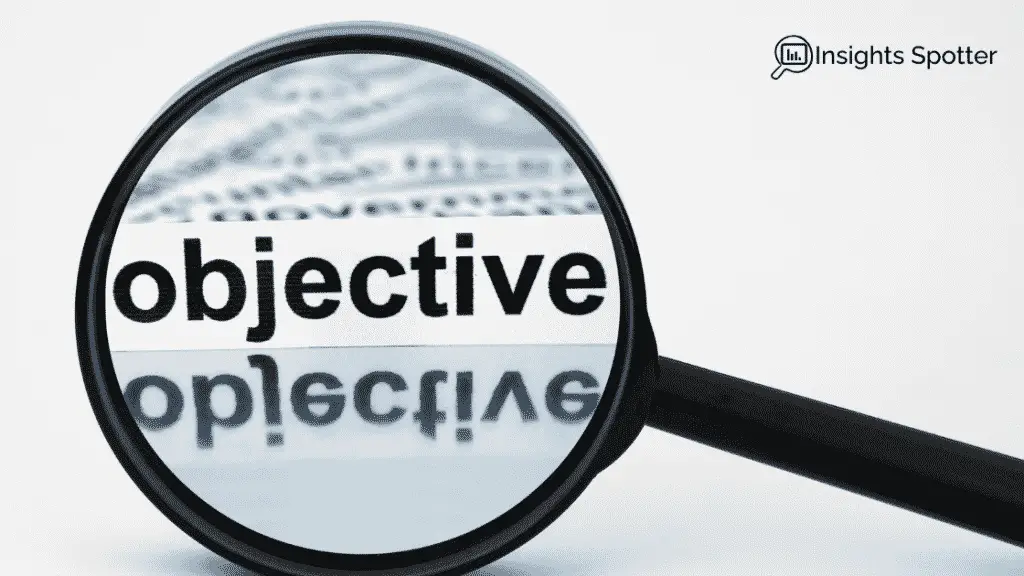
5. Why Do Projects Have A Clear Objective?
Finally, the project always has one or numerous objectives. You would not start a project just for fun. Well, actually, that could also be your objective. Goals might be evident in your endeavour; For example, you need to work from home, and keep your back straight; thus, you need to buy a new office chair. In business, objectives will be more defined and documented. Usually, you are dealing with large sums of money, and eventually, you will need to be accountable for achieving set out goals.
One day, you visited your local bar and had this genius idea. Why don’t I organise a music event to increase the bar’s popularity and contribute to the local community? Just like that, you have your primary objectives. The project will go through multiple steps like agreeing on the band, getting the bar’s owner’s approval and sending invites. In the end, you will have your fantastic event, which will hopefully achieve your two objectives set out in the beginning.
Businesses’ projects are no different. They also have objectives, like increasing efficiency in the sales process, finance department or attracting more clients. In our bookstore example, they may decide to create a project to redesign a website to appeal to a younger generation, encourage readership and attract more clients. The company might have multiple business objectives, and one project would align with one or several of them.
What Are Other Project Characteristics?
We have covered five characteristics, but two less critical ones would also indicate if you have a project on your hands.

1. Why Projects Are Cross-Department Initiatives?
The project needs support from cross-functional teams because it needs talent from various departments and different professions. Sometimes when expertise is outside of an organisation company may explore third party support. When the project is complex, a larger portion of the organisation will need to be involved.
Suppose you are installing a new accounting software. You will need Project Managers, Business Analysts, Technical Teams, account managers or Subject Matter Experts (SMEs) to get involved. The project team will help lead the project, the technical team will help with installations, and SMEs will provide advice on what is required.
Of course, the notion of cross-department involvement is less relevant to individuals. However, there is a lesson we can take from here. If your endeavour involves multiple individuals, who are essential for success, you likely have a project.
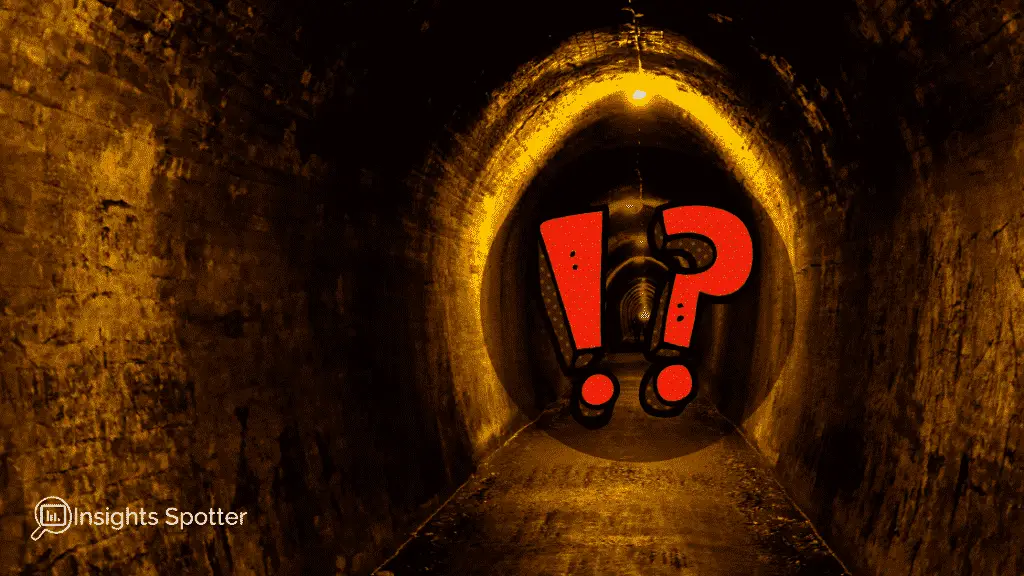
2. Why Does Project Have A Level Of Unknowns?
Every project will bring a level of uncertainty. The business might lack the technical skills needed to implement a new solution. Or the project team is unclear on final deliverables, which are required to meet market needs.
Thus, project managers spend a lot of time managing risks & issues and, answering questions about what could go wrong and preparing for these. In contrast, daily business work involves dealing with the same tools and processes, producing the same output day in and day out. The skills level usually is just right.
If you find yourself in a situation where the level of skill or knowledge is being challenged, you might be in the middle of a project.
Why Do We Need Project Management?
Project management is crucial for any personal or business endeavour; it brings guidance and leadership to anyone involved. It helps to deliver project objectives, and ensure requirements are clear and addressed. Also, it helps with removing roadblocks and managing risks & issues. If you would like to learn more, check out this post
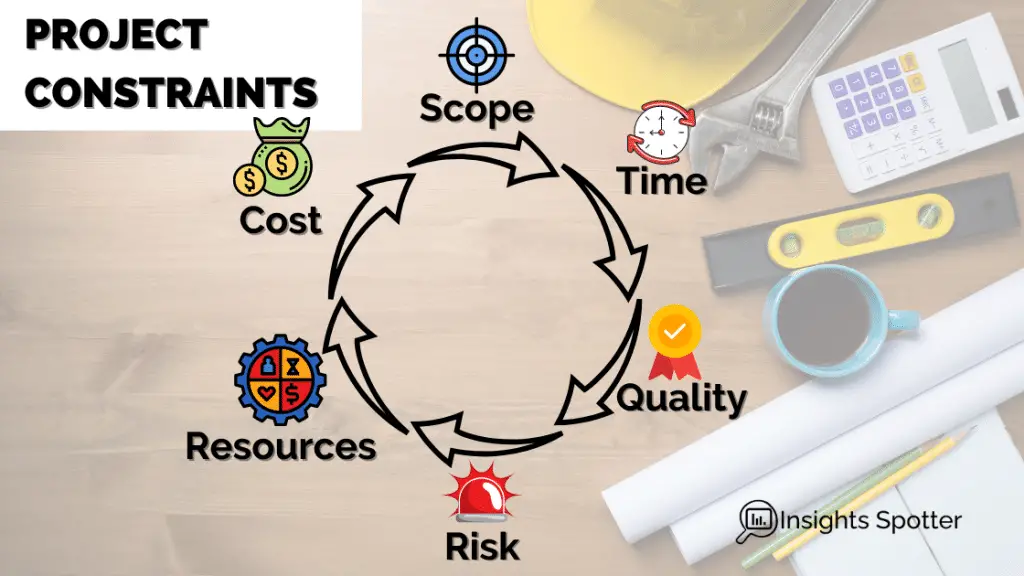
Managing project constraints take a significant part of project manager’s time. The constraints are:
- Cost
- Scope
- Quality
- Time.
- Risk
- Resources
All of these will compete for the project manager’s attention, who would spend every day in some way addressing one or several of these. Individuals or businesses will have finite resources, and you will want to get great value with a level of certainty. Hence, Six constraints represent the balancing act you need to go through for every project to get the most out of given circumstances.
If you would like to dive deeper into project constraints, check out my post just on that subject: WHAT ARE PROJECT CONSTRAINTS? SIX YOU NEED TO KNOW
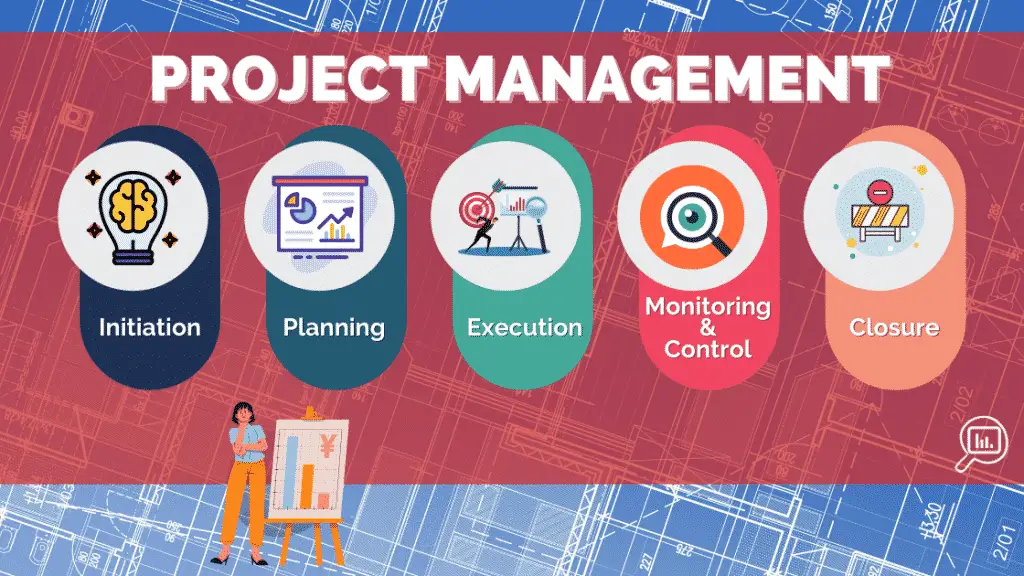
What Are Traditional Project Management Steps?
Traditional project management has relatively straightforward steps applied to all the projects. It works as a framework, and regardless of the specific institute, it will mostly be similar.
- Project Initiation
- Project Planning
- Project Execution
- Monitor & Control
- Project Closure
If you would like to learn more about traditional project management and each of these steps in more detail, check out my blog post on traditional project management. I am diving into more detail on each stage. HOW TO BE SUCCESSFUL IN PROJECT MANAGEMENT, YOUR GUIDE

Example Holiday in Japan: Project Characteristics, Constraints and Management
Shall we combine everything we have learned in this post? So, let’s say you are planning once in a lifetime holiday in Japan. You are super excited, but you do not want to rush and want things to go according to plan. You have heard about project management but would like to double-check if you can consider this trip as one.
Project Characteristics Check
- Is it a clear and distinct piece of work? Yes. I usually do not plan holidays, and it is not part of my daily activity.
- Is it slightly different and unique? Yes. Japan trip vs say US trip will have a different plan, other attractions to see.
- Is it a temporary activity? Yes. I will only plan a Japan trip once in my lifetime.
- Does it have a final delivery at the end? Yes. I will get my well-planned trip a the end.
- Does it have a clear objective? Yes. I will get once in a lifetime experiences and memories.
Project Constraints Check
So, from my consideration above, I have a project on my hands. Now, it is time to explore some of my constraints.
- What is my time constraint? I will be starting my planning from the 1st of Jan, and I am planning to leave mid-May. Thus, I have 4.5 months.
- What is my cost constraint? As a personal project, I will consider the time spent on planning and executing as a cost. Thus, I have around 1 hour per week of free time, and the whole trip should cost £3K per person.
- What is my scope constraint? I will have to create a trip plan, investigate attractions and arrange tickets.
- What will be my quality constraint? I will consider the trip to be successful if there will be little change to my plans. Plus, I will be able to see the top 10 attractions.
- What is my risk constraint? I can get sick just before the trip. There are often earthquakes in Japan. Plus, I could lose my luggage, which did happen for 1 day.
- What are my resources, constraints? I have the right amount of savings. Plus, my better half had prepared some research in the past.
Japan Trip Project Management
Project Initiation
First, of course, you need to start. Here you create your business case and tell yourself that this trip is happening. Agree with your other half as well.
Plan Project
At this stage, you will consider your six constraints we have discussed previously to get the best quality trip in the world. Businesses would do something similar. Plus, they would include plan documentation, process flows and risk and issues logs. It is your choice if you want to skip on these.
Project Execution
Time to transform plans into actions. You will start looking for accommodation, booking tickets looking for food places and attractions.
Eventually, you will pack your stuff. Get to the airport and jump on the plane to Japan, where you will follow your plan to experience all those beautiful places Japan can offer. When you are back, you might want to create a slideshow from photos or print one or two to remind you about the great time you had.
Monitor Progress & Controls
When you have created your plan and started executing it, you will want to monitor the progress and ensure that things are happening as planned. Otherwise, you may need to pay more for tickets or book different hotels than previously anticipated. Also, you would like to monitor the whole budget you have committed to the trip. You do not want this to slip.
If things are not going the plan, you may need to understand why. Then you will need to course-correct and push things back on track.
Close Project
Your trip is finished. You have diligently followed the plan and kept it within the budget, and it is time to close the project.
Lessons Learned And Re-Plan
But wait, after initial success, you may decide to organise one more trip next year. Maybe not everything went as smoothly as you would like initially. So, you can take the plan you had for the Japan trip and update it with lessons learned. Now, you are ready to re-plan and execute again. Let’s go; our next adventure awaits us!
However, there are other ways to manage your project. If you like to start learning more check out my post 5 DISADVANTAGES OF SCALED AGILE FRAMEWORK (SAFE) which talks about the introduction of Agile in a larger organisations or other posts about Agile projects management like WHAT IS THE DIFFERENCE BETWEEN SPRINT AND SCRUM?
Project Management Conclusion
The reality is that businesses would follow a similar pattern. Sure, there would be more documents, planning, discussions and sign-offs. However, the essence would still be the same.
Sometimes we do not undertake initiatives because they look too grand. Well, applying the project framework helps to split it into smaller chunks and “JUST DO IT”. I will certainly do it for my future idea.
Why Should You Care About Project Management In Your Endeavours?
To reach your dreams, you need a specific, actionable objective. Projects’ frameworks can help you with that. If you decide to use such methods, you will get the best results you can within your constraints. You will see a clear path to executing your ideas by planning it out. Probably, it will be easier to make decisions and save you time and money.
Btw, there isn’t one way to plan or manage the project. But the main point is making an effort to record your goals and required steps, and understand your resources and constraints. Then, execute, execute, execute. Thus, you will know where you are going and what you have to do. You will also get satisfaction from accomplishing smaller steps along the way, thus giving yourself an additional motivational boost.
Projects are a team sport in businesses and life. If you would like to learn more about the teams behind each project, check out my post on Project Teams. You can also explore stakeholders who affect your projects, like your parents or partner in my post on stakeholder management.
Life as a project
Life could be one big project with goals, results and resources. But this might be a topic for a different blog.
Let me know how you apply the information you have learned in this article and, more importantly, what goals you have reached. See you in the next post!
Subscribe to our newsletter!
 ABOUT ME
ABOUT ME
I am an experienced ex. Business & Data Analyst and now a Project Manager with multiple years of experience gained in several international companies.
These days, business problems require data crunching and telling stories to make the right decisions. Simply put, business stakeholders need insights into their projects and deliveries.
This is where I come in. I have learned and applied Python, Power BI, SQL and Excel to analyse and present data. Also, I gained experience in Project Management and Business Analysis. So, I can not only spot insights but execute business decisions. Moreover, I can teach you as well. Read More
Best Books








Latest Blog Posts
- Sustainable Project Management: Trends, Tools, & Strategies
- Unlocking Strategic Value: How NIST CSF 2.0 Shapes Project Choices for Better Outcomes
- Cybersecurity Project Management: Protecting Your Digital Frontier
- What are the Different Types of Planning in Project Management?
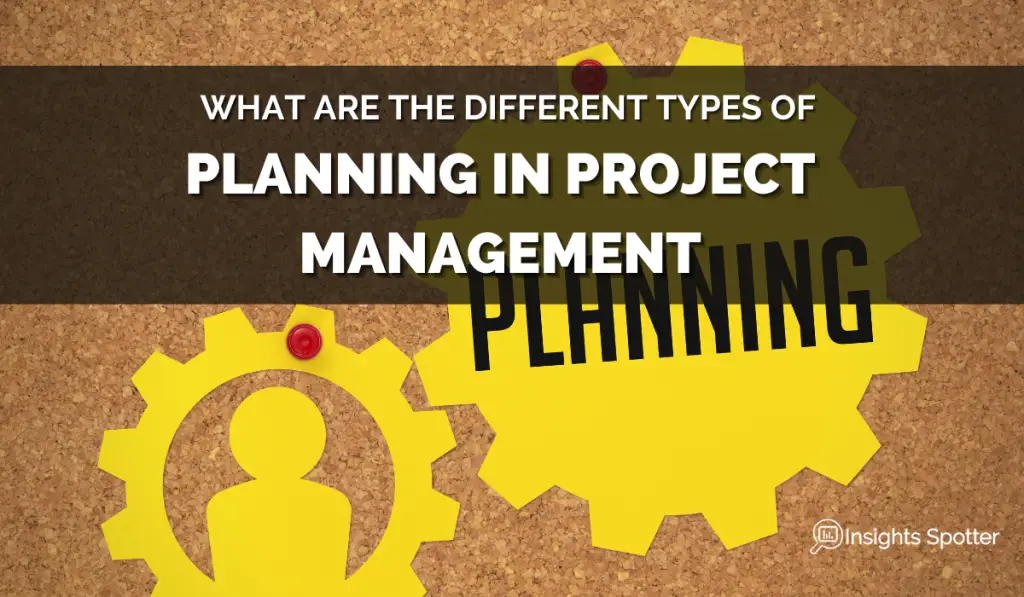
- Transforming Project Management with AI Software: Tools, Challenges, and Best Practices
- Unlocking the Benefits of AI-Powered Project Management
Need Project Manager’s Help!?
Check out the Fiverr marketplace if you do not have time to run your own projects or just need extra help. They do have multiple project professionals, including project managers. Maybe you will find just the right fit to take some burden from you. I have used Fiverr in the past. The prices are also not too bad. If you seek PM via the corporate route, it will be easily 5x the price.


